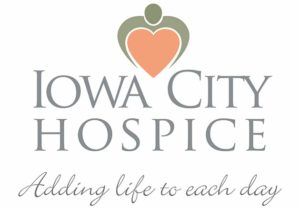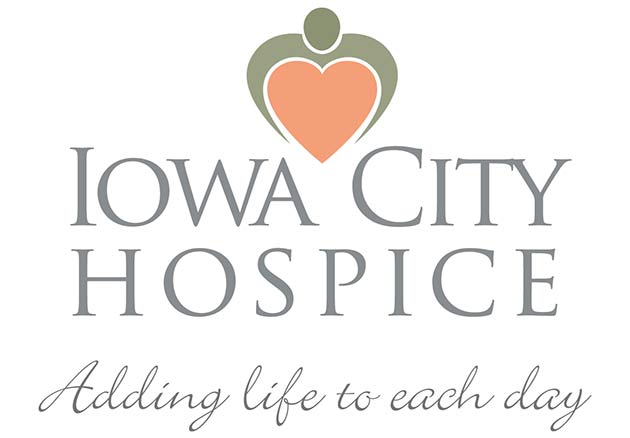Family Caregiver Connection
Helpful tips for family caregivers
November/December 2016
Music and the stars. No, this is not the annual Grammy Awards. It’s our November newsletter, where we look at music therapy for COPD, use the analogy of conducting an orchestra for care management, and help you use the star ratings of Medicare to evaluate your local hospital. Rock on!
Sing a song for COPD!
 Recent research indicates music therapy can help people with chronic obstructive pulmonary disease (COPD). This condition damages air sacs and passageways in the lungs. People with COPD have trouble breathing. They often take quick, gaspy breaths trying to get enough air.
Recent research indicates music therapy can help people with chronic obstructive pulmonary disease (COPD). This condition damages air sacs and passageways in the lungs. People with COPD have trouble breathing. They often take quick, gaspy breaths trying to get enough air.
The constant breathlessness causes anxiety, as well as trouble sleeping and deep fatigue. And because of difficulty getting out and about, people with COPD often become socially isolated. It’s not surprising that 50% of people with COPD are depressed.
At its core, COPD is a problem with exhaling. COPD patients are so anxious about getting enough air that they focus too little on getting rid of the “old air” to make room for the new.
Here’s where singing comes in. Both singers and musicians who play wind instruments learn to control their breathing. People with respiratory conditions can do specific exercises to gain the same control. But the exercises can be tiring.
The key may be music therapy. Studies in the United States and in England have shown that patients with respiratory disease who participate in weekly music therapy improve their lung capacity, feel less fatigued, and become less depressed.
In some sessions, the patients sing. In others they play penny whistles or recorders.
When we sing, it appears we are so engaged with the words and the music that the breathing becomes secondary. Without the person thinking about it, the lungs get exercise and develop muscles and capacity to exhale more fully. As one participant observed, “When you’ve got COPD, breathing is on your mind all the time. But strangely, I don’t notice it when I’m singing. I can hold a note for ages.”
So whether your loved one is a natural Sinatra or can’t carry a tune in a bucket, ask the doctor if singing might be an appropriate pastime. What’s not to love about breathing exercises that are fun?
Return to topTechnology for coordinating care
 Do you at times feel like the conductor of an unruly orchestra? That’s not uncommon when caring for a loved one. You are coordinating multiple doctors. Tracking multiple prescriptions. Communicating with multiple family members. Scheduling paid help. It’s a lot to orchestrate! You are serving as a care coordinator.
Do you at times feel like the conductor of an unruly orchestra? That’s not uncommon when caring for a loved one. You are coordinating multiple doctors. Tracking multiple prescriptions. Communicating with multiple family members. Scheduling paid help. It’s a lot to orchestrate! You are serving as a care coordinator.
Here are some online tools that can help you keep your “band” in sync:
- Store documents with Google Drive. The Internet offers many possibilities for storing information in the cloud. The simplest is to create collaborative, shareable Google Documents for things such as the list of doctors, the list of medications, or neighbors’ names and phone numbers.
- Create an online calendar. Another free service is Google Calendar. Use this to post doctor appointments or caregiver visits. Like Google Docs, this tool allows authorized family, friends, and helpers to access the information anytime from anywhere.
- Stay in touch using private blog services. Lotsa Helping Hands, Caring Bridge, and CareZone are examples of free tools that allow you to upload photos and describe the day’s activities. You can even have discussions with friends and family through the Comments section.
Security concerns. You don’t want to post financially sensitive information, such as credit card numbers or bank accounts, on these sites.
HIPAA. None of the above sites meets HIPAA standards of security. If you want maximum confidentiality, look for caregiver support websites that advertise themselves as “HIPAA-compliant.” These sites will involve a fee. However, they also offer the added convenience of putting all the care coordination tools in one place (calendars, medication lists, doctors lists, blog, etc.).
Professional care management. And if the orchestra gets a bit much, it may be time to hire an expert in care coordination. Care managers see that the team is in rhythm. An added plus: They are also very good at promoting team harmony.
Return to topChoosing a hospital? Look to the stars
 How well does your local hospital perform in terms of patient care and safety? Now it’s easy to find out.
How well does your local hospital perform in terms of patient care and safety? Now it’s easy to find out.
One to Five Stars. Medicare gathers hospital data regularly. It posts the information on its Hospital Compare website. To make comparisons simple, Medicare created a star rating system. Hospital Compare combines information about as many as 64 quality measures. Five stars is truly top notch. In July 2016, fewer than 3% of hospitals had achieved this rating. Most hospitals (39%) got three stars.
The star rating looks at statistics that reflect things such as
- quality: How many patients are readmitted within a month of being discharged. High readmission rates could indicate that patients are being sent home before they are fully healed. It could mean patients have not received the most up-to-date or recommended treatments. Or it could mean that patients have been released to a home situation that is not set up to handle the level of care that is needed.
- timeliness: How quickly a recommended treatment is offered. For instance, how long was someone in the ER for a heart attack before they received an aspirin?
- safety: This measures things such as infection rates after a surgery. Or the rate of general infections, such as MRSA. A high or low infection rate can indicate how carefully a hospital follows procedures to reduce the spread of disease.
- patient experience: This is based on comments from patients after they are sent home.
The Hospital Safety Score
Consumers can view the safety scores of nearly 2,500 hospitals across the country.
This report card-like Hospital Safety Score is assembled by the Leap Frog Group, a national consortium of large employers. It looks at issues such as
- infection rates after surgery;
- enforcement of hand-washing policy for staff;
- use of technology to reduce errors.
Bottom line: If your loved one’s health coverage allows for a choice, research the options. Not all hospitals are alike!
Return to top
